The color of a bottle has a lot to say about a bottle's age.
The primary colors shown below are general representations. The actual
colors of bottles and hues of colors very greatly.
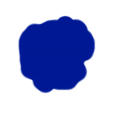 |
Blue colors, circ: 1845-1905, (color agents: cobalt, copper)
This is the most sought after color by soda and beer collectors.
The colors range from a very light or powder blue to deep violet
or purple blues. The deeper and more purple the better. The blue
color was never popular in beer bottles although examples can be
found. The blue color greatly enhances the price of a bottle. |
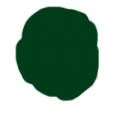 |
Green colors, circ: 1750-1920, (color agents: iron, copper, chromium)
Green beer bottles represent perhaps the greatest range
of colors. They range from yellow green and blue green, to olive
green. The colors can be very light to almost black. As time
progressed, the greens became more refined and by 1880 were
either a yellow or Kelley green. After 1875 green was rarely
used for beer bottles. In most applications were a dark
color was desired, brown glass was used instead. |
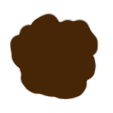 |
Amber or Brown colors, circ: 1844-1920, (color agents: carbon, nickel)
Brown is most often called amber by collectors and hues range
from yellow to almost black. The brown color never became
popular for use in early beer bottles, but became more popular
after 1880 when it was
used extensively in the bottling of beer as the dark color was
thought to preserve the product by blocking out the sun light.
There are less than ten different pontiled beer bottles
in this pure coloration, but many more with olive overtones. |
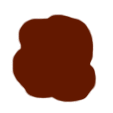 |
Amethyst colors, circ: 1846-1865, (color agents: copper, gold, selenium)
The holy grail color for bottle collectors!
Collectors commonly call this color puce, but it is truly shades
of red or amethyst. Most of these bottles date between 1846 and
1848. However, there were a few produced during the 1850s and
early 1860s. There are less than twenty American soda and beer
bottles in this coloration and they are rare and pricey. |
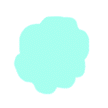 |
Aqua colors, circ: 1848-1920, (color agent, iron)
By far the most common color in beer bottles. Most
likely 85% of all pre-crown bottles are this color. Aqua colors
can have green or blue tints, which is caused by small amounts
of iron or other metals in the sand. This color was rarely used
for beer bottles before 1850 but some examples exist, mainly
from the Pittsburgh area.
Aqua colors were more popular in the Midwest than in the Eastern
part of the country in pontiled beer bottles. |
 |
Clear or Flint colors, circ: 1890-1920, (color agent, lead,
manganese, selenium)
Clear glass bottles almost always have a tint of pink, aqua, or
gray. A clarifying agent was added to the glass to make it
clear. Clear glass displays a bottle's contents best, but early
clear glass was not as durable as glass in other colors.
Therefore, it is often damaged with dings or cracks. Most clear
pre-crown beer bottles will turn a lovely shade of
pink, called sun-colored amethyst, with a prolonged exposure to
ultraviolet light. |

